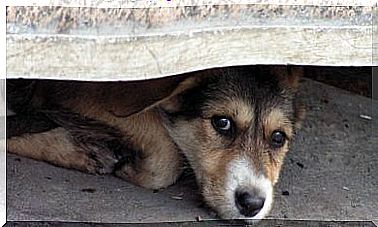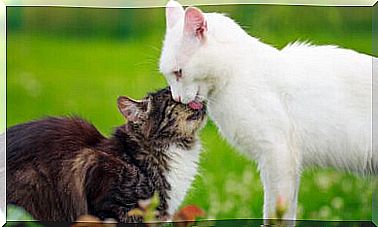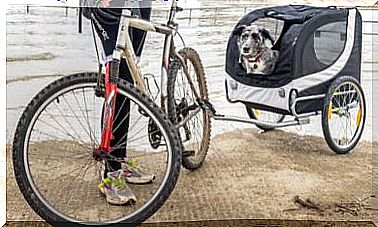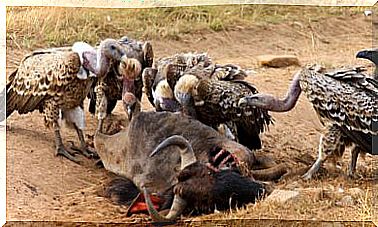Only 44 Of The Dogs And Cats Collected By The Protectors In Spain Are Adopted
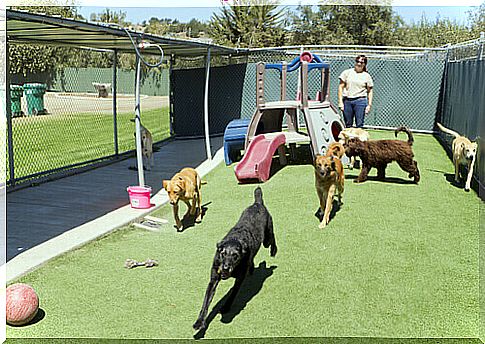
The statistics don’t lie, and something that ends up making the scenario of hundreds of thousands of abandoned animals even worse last year is that only 44% of dogs and cats collected by protective bodies are adopted, at least in Spain.
The saddest of these cases is that a large number of these animals, if not all, ended up on the street for avoidable reasons.
Making a bad decision when adopting, or buying, a pet ends up becoming a real tragedy for the animal. This is due to the fact that, among the main causes of animal abandonment, there is a lack of resources, unexpected offspring and any behavioral problem that the animal may have.
However, before we delve deeper into the lack of awareness at the time of adoption, it is good to assess the main reason why many animals end up being abandoned on the street:
Lack of awareness of the responsibility that adoption entails
Lack of awareness of the responsibility involved in acquiring a pet is the main cause of their abandonment. Many people are not aware of the amount of work involved when owning a pet, especially when it comes to maintenance, education and the many necessary cares.
Many owners are annoyed by incidents related to damage that the animal causes inside the home, by its needs out of place, or by making too much noise, among the many other behavior problems that are easily preventable or correctable. It would only be enough to devote a little time to the education of the pet.
According to a study by the Affinity Foundation , approximately half of dogs (43%), and a similar percentage of cats (40%), arrived at a particular home as a gift.
Something that everyone should be very aware of is that it is easier for an animal to be abandoned when the person, or the home that took it in, has not made the decision to take responsibility for it in the first place, so there is an important effort on the part of the protectors of animals to discourage this practice.
Percentage of animal adoption

It is estimated that the number of animals rescued during 2014 was around 140,000 animals. Of these, on average, 106,781 were dogs and 33,410 cats.
Almost 1% of the total of rescued animals corresponded to exotic animals, such as reptiles, primates or birds.
Of the total amount of animals collected by animal protectors, around 17% were returned to the owner, as they carried a microchip. In the case of dogs, this has been of great help, approximately 30% of dogs had a microchip. Unfortunately, the opposite is true for cats, as the estimate is barely 3%.
Correct identification of an animal is vital, as this strategy not only helps animals to be returned if they have been lost, but also reduces abandonment.
Unfortunately, of the animals rescued last year, 16% are still living with the protectors who rescued them, or have been traveling from shelter to shelter, waiting for a home to adopt them.
Equally regrettable is the fact that 12% of the animals collected last year were euthanized, either for suffering from illness, being aggressive, being extremely nervous or another class of behavior problems that would make adoption impossible or (in more alarming cases) for having been the chances of being adopted have been exhausted, as they have been with the protective body for a long time.
Therefore, only 44% of the dogs and cats collected by the protective bodies were adopted in Spain, this in relation to the animals that were rescued from the street.
Why don’t people adopt?
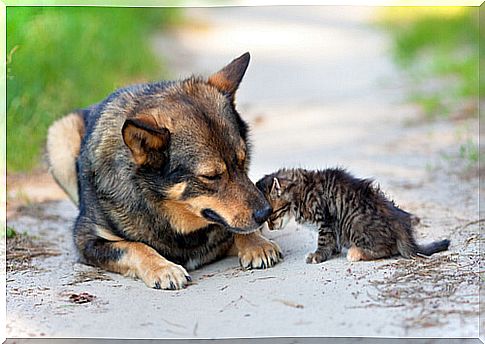
This is very relative. However, there are several common factors in animal adoption processes:
- Many people still have a preference for purebred animals, so these will have greater chances of being adopted than crossbreds.
- There is a great predilection for the adoption of puppies being, in all statistics, the elderly animals are the ones that have the least chances of finding a home.
- There is a false belief that animals that have been on the street have bad habits that are impossible to change.
- Fear that animals in shelters and protective associations are carriers of diseases that put the health of the owner or his other animals at risk.





